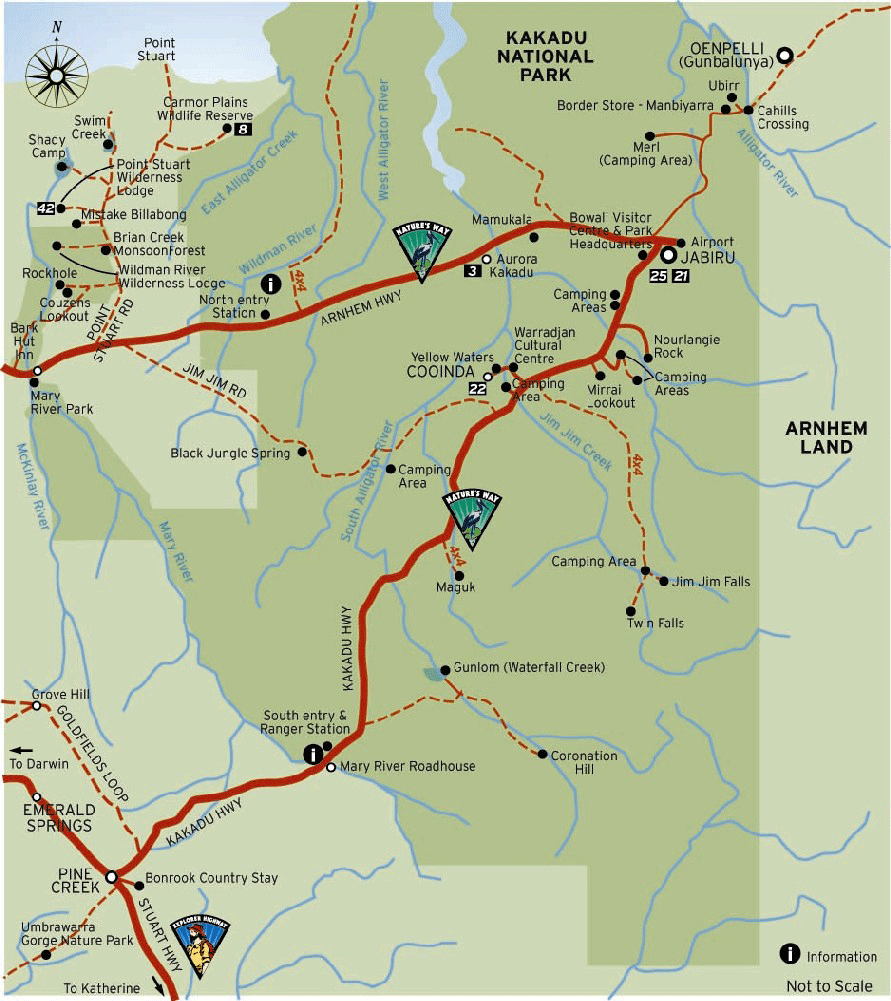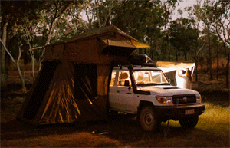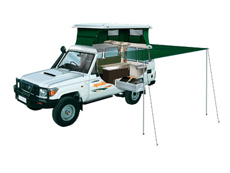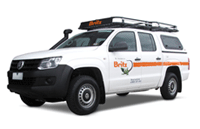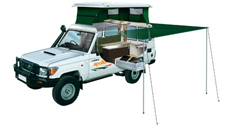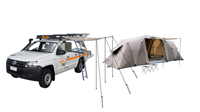|
About Ubirr Rock in Kakadu Australia |
What To See And Do At Ubirr Rock
World Heritage listed area with extensive Kakadu birdlife,
Aboriginal art galleries, rugged escarpment, even the elusive
rock wallaby.
Access To Ubirr Rock
Kakadu National Park an Australian Natural
Icon covers almost 20,000 square kms and is 253 kms East of Darwin
the capital city of the Northern Territory, Australia.
Kakadu National Park is a World Heritage
listed, Kakadu National Park is the gateway to Arnhemland. The
sealed roads from Darwin to Kakadu is via the Arnhem Highway and
from Katherine to Kakadu National Park via the Kakadu Highway.
The Bowali Visitor Centre near Jabiru in Kakadu National Park
is located 253 km from Darwin in Northern Territory Australia
via the Arnhem Highway entrance. If travelling by road, you should
allow 3 hours travelling time from Darwin.
How To Get To Ubirr Rock
Turn north off the Arnhem Highway 1km west of the
Kakadu Highway intersection and travel a further 39km. Over 5,000
recorded and identified Aboriginal art sites, Kakadu contains
an uniqueartistical living cultural landscape of Aboriginal art.
Ubirr and Nourlangie Rock are two of the
most pristine public sites that feature Aboriginal Cultural Rock
Art and previous dwelling shelters. Ubirr is 39 kilometres from
Jabiru which is Kakadu National Parks main town, and is not always
accessible during the wet season.
The dry season which is approximatley
which is classed generally as May - October each year. Though
in current year the wet has not set in till late December or January
and then finishes mid April.
Where Is Ubirr Rock
Ubirr Rock is located in the North-East section of Kakadu.This
region is situated on the borderline of 3 differnt habitats and
is extremely rich in wildlife. It is also an area that is extremely
rich in Aboriginal Rock art with some sites possibly dating back
tens of thousands of years. The artsites in this area are magnificent
and are probably some of the most detailed paintings that you
will see on your tour in Kakadu.
Walking - The first section to the
top of Ubirr and the Aboriginal Art sites along the way.A one
kilometre circular at Ubirr, will let you view incredible Aboriginal
rock art sites along the way. Here we show the beginning of the
walk from the carpark to the first rock art site, we found it
a very easy stroll.
Sandstone and River Bushwalk
This walk is in the Ubirr area and starts at the Bardedjildji
walk. The whole walk is 6.5 kilometres and features fantastic
views of Cat Fish Creek, the East Alligator River and Kakadu's
floodplains, billabongs and sandstone rock formations. Allow four
hours.
When To Visit Ubirr In Kakadu National Park
Opening times: 08.30am until sunset, April 1 till November 30.
Opening times: Also from 14.00pm until sunset December 1 to March
31
(Last update we had)
Talks At Ubirr Rock
During the dry season, rangers provide informative talks about
Aboriginal art and culture several times a day.
Important Note: The Traditional Owners of Kakadu National Park
in Northern Territory Australia request that you don't drink alcohol
at Ubirr.
http://www.environment.gov.au/
Parks & Wildlife Commission of the Northern
Territory
Head Office - Goyder Centre 25 Chung Wah Tce Palmerston, NT 0830
PO Box 496 Palmerston NT 0831
Ph: +61 (0) 8 8999 5511
Crocodile Safety Information
Northern Australia is crocodile country. Therefore it is important
to put awareness of crocodiles and safety at the top of your priority
list when living in, working in or simply visiting crocodile habitat.
Living with crocodiles is not difficult so long as you bear the
following points in mind.
Always be aware that crocodiles
may be present anywhere that there is water.
Unless there is clear signage that
it is safe to swim, assume that crocodiles may be present.
Warning signs are there for your
benefit! Ignoring them is foolish.
Always check with local authorities
and rangers whether an area is likely to contain crocodiles.
If in doubt, always swim in designated
swimming areas only.
If there's no sign, don't go swimming.
A spotlight or LED head-torch is
strongly recommended at night so that any eyeshines can be seen,
but a lack of eyeshines does not mean that it's safe to swim -
crocodiles may be underwater.
© We suggest you also visit a website called
http://www.nt.gov.au/becrocwise
Kakadu General Information
There are many interesting places to discover in the area, but
some things to remember too:
Saltwater crocodiles inhabit the South Alligator River and are
extremely dangerous. Do not risk your life, keep away from the
waters edge.
Freshwater crocodiles inhabit the area. Do not approach or interfere
with them.
Do not jump off rocks or cliffs as there are unseen dangers
and accidents have resulted in death.
Jim Jim Plunge Pool can be hazardous as the shallow water suddenly
becomes deep.
Use the toilets provided.
Observe and enjoy the native animals, but do not disturb or
feed them. Fishing is prohibited.
Use fuel stoves in preference to open fires.
If lighting open fires, collect firewood along the access road
into Gunlom and use it sparingly. Use the fireplaces provided,
attend fires at all times and extinguish them before you leave.
Use the recycling facilities supplied and place all other rubbish
in the bins. Remember, cigarette butts, orange peel and tissues
are rubbish too.
Sunscreen and insect repellent pollute waterways. Wear a long-sleeved
shirt and hat as alternative protection.
The mornings and evenings are the best times to walk and observe
wildlife. For your own comfort and safety please keep to the marked
tracks, wear a hat and sturdy shoes, and carry plenty of drinking
water.
Kakadu National
Park - Seasons
But Australia's Kakadu sees seasons of varied extremes -- so
varied, in fact, that the park's longtime aboriginal inhabitants
have divided the year into six distinct seasons.
Kakadu Seasons - Gunumeleng Pre-Monsoon Storm Season - Gunumeleng,
from mid-October to late December, may in fact last from a few
weeks to several months.
Kakadu Seasons - Gudjewg - Monsoon Season - Gudjewg, from January
to March, can be described as the 'true' wet season.
Kakadu Seasons - Banggereng - Knock 'em down storm Season -
Banggerreng, in April, is the season when the rain clouds have
dispersed and clear skies prevail.
Kakadu Seasons - Yegge - Cooler but still humid Season - Yegge,
from May to mid-June, is relatively cool with low humidity.
Kakadu Seasons - Wurrgeng - Cold Weather Season - Wurrgeng,
from mid-June to mid-August, is the 'cold weather' time; humidity
is low, daytime temperatures are around 30°C and night-time temperatures
are around 17°C.
Kakadu Seasons - Gurrung - Hot Dry Weather - Gurrung, from mid-August
to mid-October, is hot and dry.
Seasons
The dry season which is approximatley which
is classed generally as May - October each year.Though in current
year the wet has not set in till late December or January and
then finishes mid April.
Access To Jim Jim Gorge
The dry season which is approximatley which is classed generally
as late June - October/November each year. We
recommend you contact the offical Bowali Vistors Centre for more
information.
Kakadu National Park - Swimming
Are there certain times of the year that I cant swim?
The seasonality of waterholes across the Northern Territory depend
on the amount of rain throughout the year. NT Parks and Wildlife
monitor water levels and erect signs advising visitors when it
is safe to swim. Always obey sign posts.
How can you identify if a water-hole is safe to swim in?
Salt and freshwater crocodiles are found in most Top End billabongs
and rivers, and are occasionally seen on remote beaches. The accessible
rivers and billabongs are generally sign-posted if saltwater crocodiles
are known to inhabit the area, but if you are not sure, dont
swim. Swim only where recommended and always observe and read
the crocodile warning signs.
Arent swimming spots hard to get to or only acesible as part
of a tour?
All the swimming spots in Darwin, Litchfield National Park, Katherine,
Mataranka and the MacDonnell Ranges are accessible by self-drive.
A few locations are only accessible by four wheel-drive, such
as Butterfly Gorge Nature Park and Tjaynera Falls in Litchfield
National Park. Tour operators with swimming options include Adventure
Tours Australia, Australian Pacific Touring, Connections Safaris,
Odyssey Tours and Safaris and many more'.
Resources
Links
parksandwildlife.nt.gov.au/
environment.gov.au/parks/
facebook.com/RoadReportNT
roadreport.nt.gov.au/
ntlis.nt.gov.au/roadreport/
toiletmap.gov.au/
travelnt.com/
kakadu.com.au/access
©
source | courtesy of kakadunationalparkaustralia.com
©
source | courtesy of litchfieldnationalpark.com
©
source | courtesy of tropicaldarwin.com
©
source | courtesy of australia4tours.com
©
source | courtesy of darwin4tours.com
|
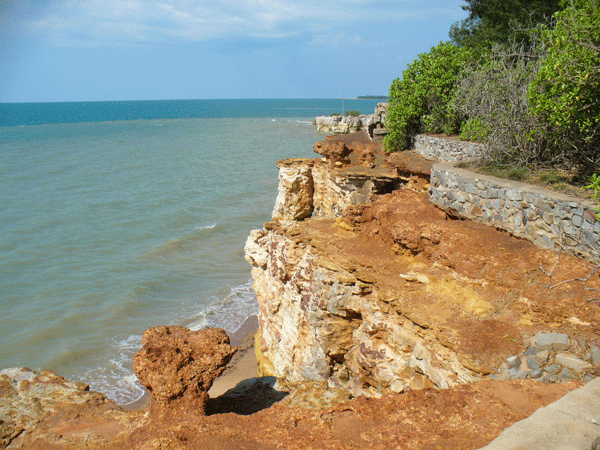
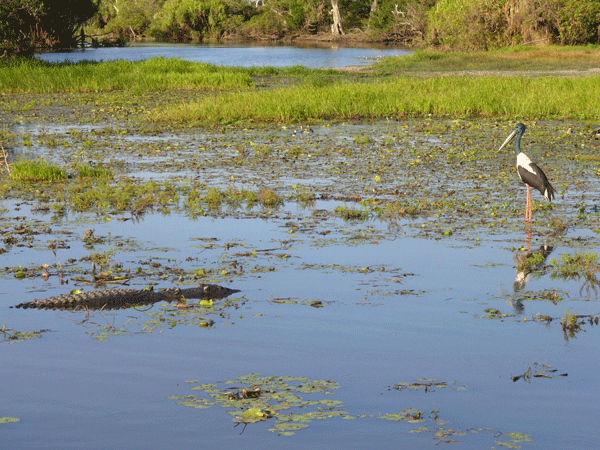
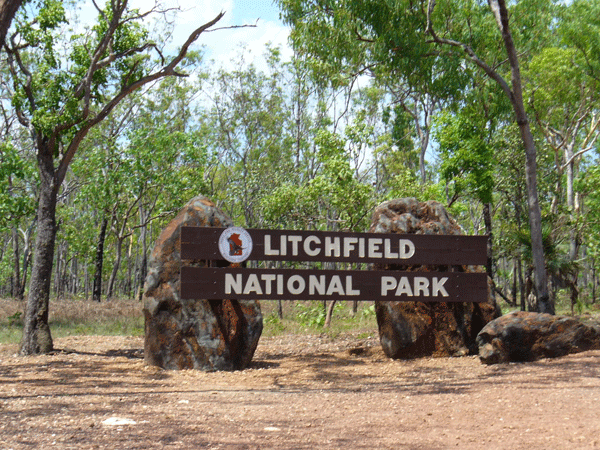

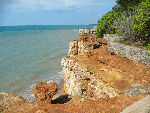
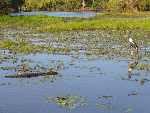
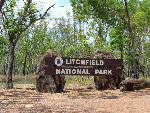
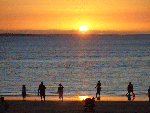
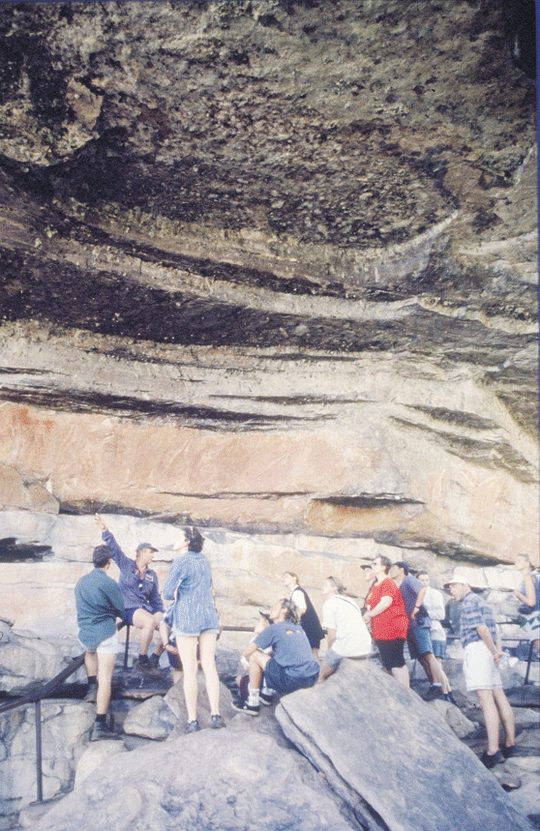
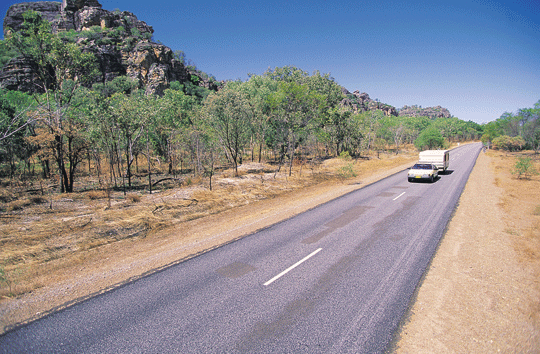 ©
©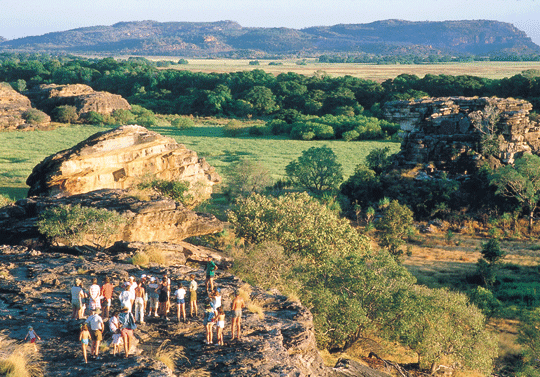 ©
© ©
©